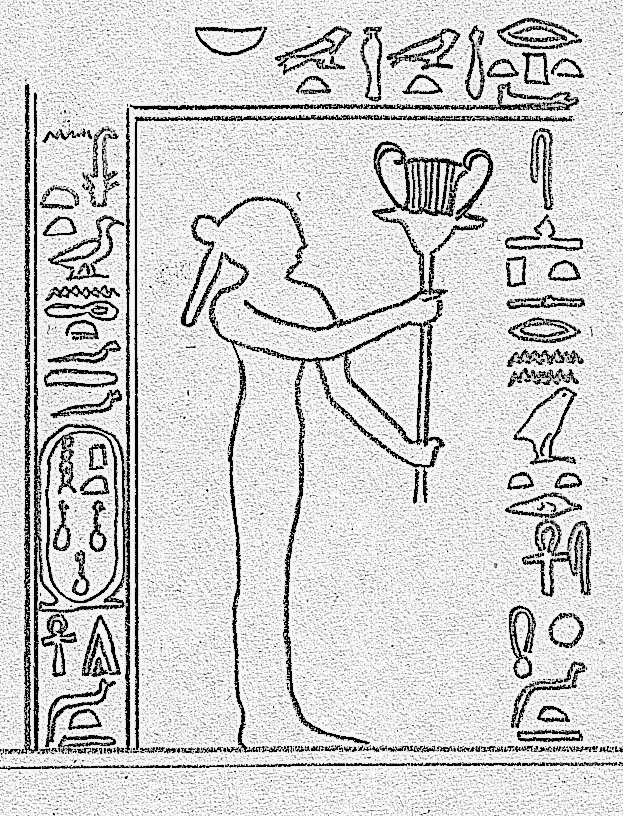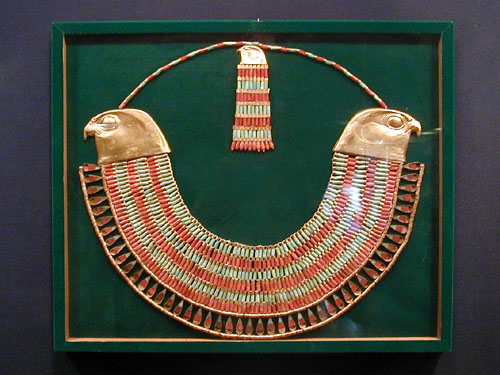Neferuptah on:
[Wikipedia]
[Google]
[Amazon]
 Neferuptah or Ptahneferu (“Beauty of
Neferuptah or Ptahneferu (“Beauty of
 The granite sarcophagus was inscribed with a short offering formula. Inside the sarcophagus were found the decayed remains of two wooden coffins. The outer one was decorated with inscribed gold foil. Identical inscriptions were found on the sarcophagus of Queen
The granite sarcophagus was inscribed with a short offering formula. Inside the sarcophagus were found the decayed remains of two wooden coffins. The outer one was decorated with inscribed gold foil. Identical inscriptions were found on the sarcophagus of Queen
 Neferuptah or Ptahneferu (“Beauty of
Neferuptah or Ptahneferu (“Beauty of Ptah
Ptah ( egy, ptḥ, reconstructed ; grc, Φθά; cop, ⲡⲧⲁϩ; Phoenician: 𐤐𐤕𐤇, romanized: ptḥ) is an ancient Egyptian deity, a creator god and patron deity of craftsmen and architects. In the triad of Memphis, he is the hu ...
”) was a daughter of the Egyptian king Amenemhat III (c. 1860 BC to 1814 BC) of the 12th Dynasty
The Twelfth Dynasty of ancient Egypt (Dynasty XII) is considered to be the apex of the Middle Kingdom by Egyptologists. It often is combined with the Eleventh, Thirteenth, and Fourteenth dynasties under the group title, Middle Kingdom. Some ...
. Her sister was the Pharaoh Sobekneferu
, image = File:Statue of Sobekneferu (Berlin Egyptian Museum 14475).jpg
, image_alt = Partially defaced bust of a female
, caption = Statue of Sobekneferu
, reign = 3 years, 10 months, and 24 days according to the Turin Canon in the mid 18th ...
(“Beauty of Sobek
Sobek (also called Sebek or Sobki, cop, Ⲥⲟⲩⲕ, Souk) was an ancient Egyptian deity with a complex and elastic history and nature. He is associated with the Nile crocodile or the West African crocodile and is represented either in its f ...
”).
Biography
Neferuptah is one of the first royal women whose name was written inside acartouche
In Egyptian hieroglyphs, a cartouche is an oval with a line at one end tangent to it, indicating that the text enclosed is a royal name. The first examples of the cartouche are associated with pharaohs at the end of the Third Dynasty, but the f ...
. Although she never had the title 'king's wife', she must have had a special status; it is possible she was regarded as a future ruler., p.98
Her titles included '' member of the elite, great of favour, great of praise'' and ''beloved king's daughter of his body''.
A burial for her was prepared in the tomb of her father at Hawara
Hawara is an archaeological site of Ancient Egypt, south of the site of Crocodilopolis ('Arsinoë', also known as 'Medinet al-Faiyum') at the entrance to the depression of the Fayyum oasis. It is the site of a pyramid built by the Pharaoh Amene ...
. However, she was not buried there, but in a small pyramid at Hawara. Her tomb was found intact in 1956 and still contained her jewellery, a granite sarcophagus, three silver vases and other objects.
 The granite sarcophagus was inscribed with a short offering formula. Inside the sarcophagus were found the decayed remains of two wooden coffins. The outer one was decorated with inscribed gold foil. Identical inscriptions were found on the sarcophagus of Queen
The granite sarcophagus was inscribed with a short offering formula. Inside the sarcophagus were found the decayed remains of two wooden coffins. The outer one was decorated with inscribed gold foil. Identical inscriptions were found on the sarcophagus of Queen Hatshepsut
Hatshepsut (; also Hatchepsut; Egyptian: '' ḥꜣt- špswt'' "Foremost of Noble Ladies"; or Hatasu c. 1507–1458 BC) was the fifth pharaoh of the Eighteenth Dynasty of Egypt. She was the second historically confirmed female pharaoh, af ...
, who lived about 300 years later. Her tomb is mentioned on a papyrus found at Lahun
El Lahun ( ar, اللاهون ''El Lāhūn,'' alt. Illahun, Lahun, or Kahun (the latter being a neologism coined by archaeologist William Matthew Flinders Petrie) is a workmen's village in Faiyum, Egypt. El Lahun is associated with the Pyramid o ...
. She is depicted next to her father in the temple at Medinet Madi. Objects belonging to her include a sphinx of black granite and the fragment of a statue found on Elephantine.Farag, pp. 101-103
References
Further reading
*{{cite book, last=Pignattari, first=Stefania, title=Due donne per il trono d'Egitto: Neferuptah e Sobekneferu, year=2008, publisher=La Mandragora, location=Imola, language=italian Princesses of the Twelfth Dynasty of Egypt 19th-century BC Egyptian women Children of Amenemhat III